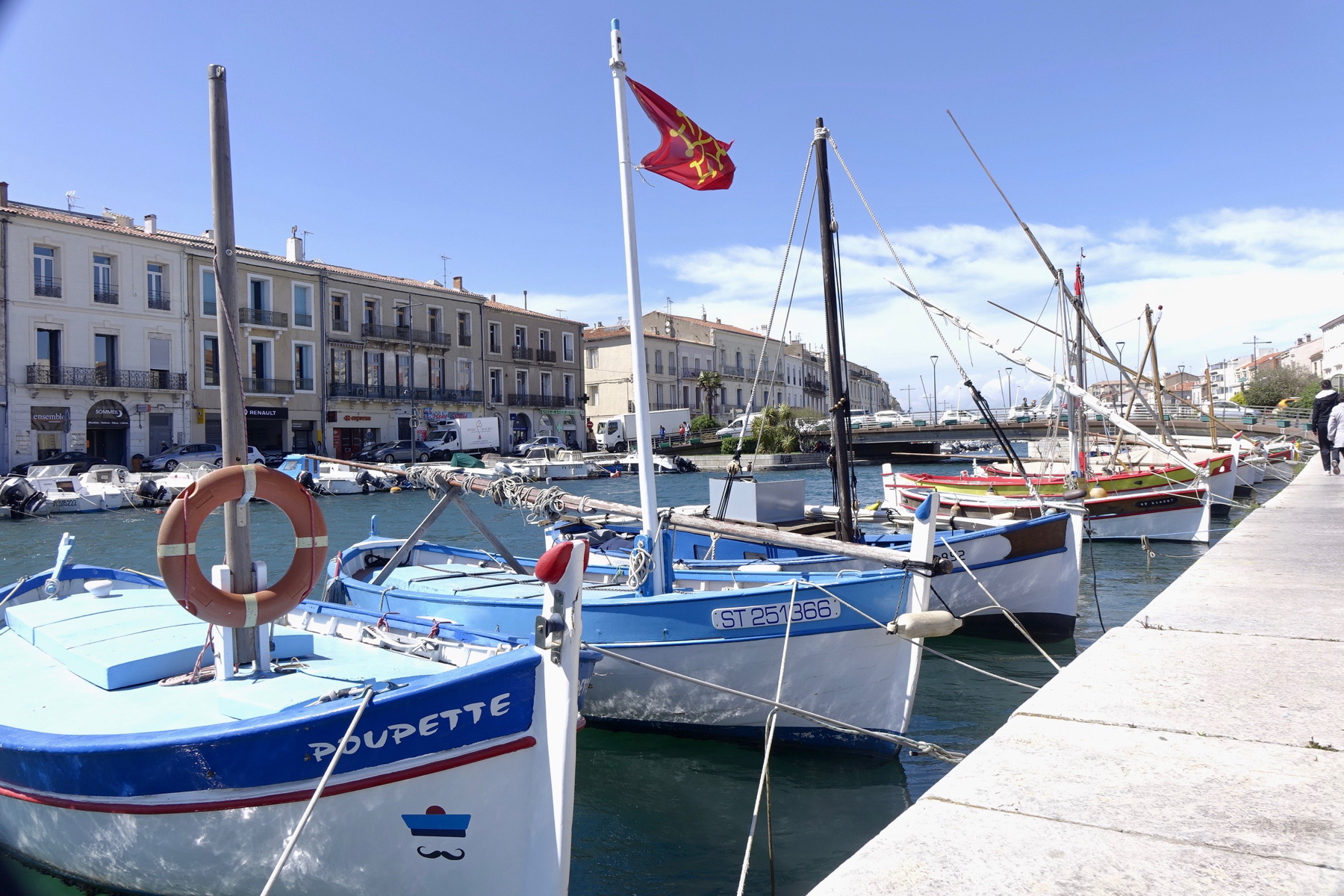Flying into the next decade is for the birds.
Literally. If you are physically unable to expand your wings and catch the breeze, forget flying. Take it from me, frequent flyer extraordinaire; human air travel is perilous in the 21st century. A normal 7 to 8 hour flight to Europe (depending on tail winds) took a day.
personnel. Summer storms and winter blizzards make flying in and out of the Midwest challenging any season. Our flight out of Minneapolis was delayed due to the late arrival of our incoming plane from Amsterdam, which was further detained due to « minor aircraft impairment » during a rough landing due to ground conditions. Over share. I would rather not be informed about structural damage. At regular intervals a stewardess announced, « KLM/Northwest/Delta Flight 258
to Amsterdam will be delayed another hour. Boarding in 20 minutes. Oops, no detained 45 more minutes. Suddenly, boarding in 5 minutes.
could only be assigned at the gate. We joined the long line of anxious flier wannabees at the gate.
informed the plane is bigger than we anticipated, so I invite everyone without seating to report to our desk immediately. » How can a flight attendant mistake a plane’s seating capacity? Between security procedure updates, airline buy outs and cost cut backs, changes are implemented so rapidly that no one knows what is going on, least of all airline personnel.
because no one knows what is going on.
Terrorist threats abound. With pace makers, belt buckles and body part replacements setting off alarms, everyone is jumpy. I look forward to the new full body x-ray machines, so we wont have to strip down at every security checkpoint. While we waited at our boarding gate, CNN flashed Breaking News about Obama’s new Homeland Security measures, while an entire regiment of TSA workers patrolled like in a police state. In air, I added to the excitement by reporting a suspect, a green hooded, fidgety young man who remained in the toilet for over 15 minutes!
baggage-handlers’ strike at the airport.




